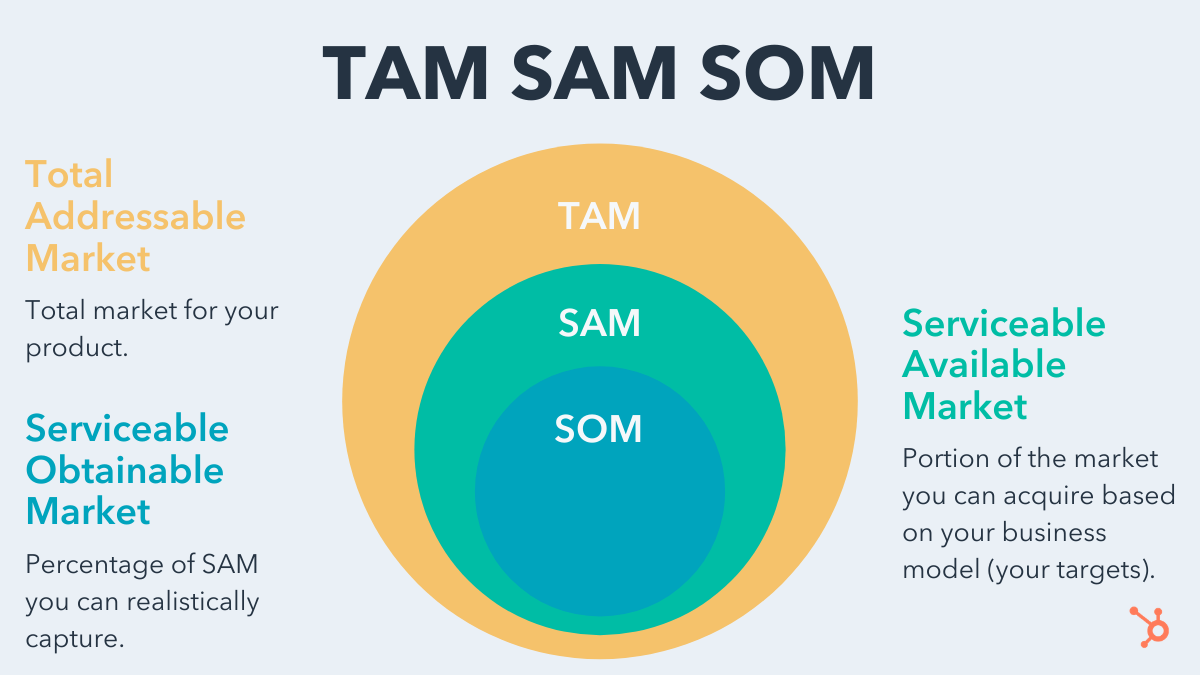3 Key Indicators To Help Interior Designers Identify Their Target Market
Nov 19, 2021
Do you ever wonder how you’ll quickly search, “What paint color is best with oak cabinets” and then the following day you’re immediately bombarded with Behr Paint ads on your Instagram? Yeah, I’ve been there too.
So many people are always so upset at the fact that companies are collecting and buying their data, and don’t get me wrong, I completely understand their worry. I sometimes even catch myself thinking...
- Is my privacy being invaded?
- What do they even use my information for?
- I wonder how much money they make selling my data.
- Should I have declined that website’s cookies?
- What are cookies again? Tsk, great, now I want a sugar cookie.
But aside from the privacy concerns and the spike in my blood sugar levels, honestly, I completely understand why companies are collecting this information. And no, no one is watching you drive to Target for the fifth time this week. So if it’s not to track your daily activity, what are these companies tracking your data for? Well, what these companies actually care about is your shopping trends. They want to know:
- What are you clicking on?
- What catches your attention the most?
- What’s the relationship between your age, location, needs, etc., and your search trends?
All so that they can have better marketing efforts and get you to buy their product, or use their service, which provides me with the perfect segway into why you should be identifying your target market.
Let’s start with the basics. What is a target market?
According to Investopedia’s definition, a target market is a group of people with some shared characteristics that a company has identified as potential customers for its products. Identifying the target market informs the decision-making process as a company designs, packages, and markets its product.
So, by collecting your data and even buying data from other companies like Uber (who if you think about it knows where you live, where you drive to work, what foods you like, spooky), for example, these companies are better able to identify their target market. With that being said, I hope you are starting to understand the importance of knowing your target market.
In an ideal world, everyone would buy your courses, award you every project you bid on, and choose you to design their million-dollar mansions. Unfortunately, that is not the reality we live in. We as humans are very unpredictable, quite like Allie from The Notebook. We struggle to articulate our ever-changing desires, likes, wants, etc. Needless to say, this makes a business owner’s job a whole lot more difficult. Without properly identifying your target market, you would find yourself doing quite the amount of guesswork.
Furthermore, a target market can be broken down into 3 groups:
- TAM: The Total Addressable Market a.k.a. all the people who demand your product or service.
Case Example: You sell Continued Education Courses for Revit and SketchUp Pro (like I do) online. A potential group of people that would demand your product would be recent design school graduates and experienced interior designers that have outdated technology skills.
- SAM: The Serviceable Available Market a.k.a. the portion of people in your TAM group, that are also in your geographical reach.
Out of that pool of recent graduates and experienced designers, they, fortunately, all fit into your Serviceable Available Market, because you sell the courses online. Now let’s say that you sell the courses through a system that only accepts USD, then your SAM would get narrowed down to the group of people from your TAM, that also live in the United States.
- SOM: The Serviceable Obtainable Market a.k.a the portion of people in your SAM group, that you effectively capture.
From this new pool of people, you are now able to estimate the portion of revenue (income, especially when of a company or organization and of a substantial nature. - def. by Oxford) within your segment that your company is able to capture.

3 Key Indicators to Help Interior Designers Identify Their Target Market
1. Identify the Key Benefit You Bring to the Table
This might be the most important part of this article. If you get this part right, everything else will resolve itself out. When identifying the key benefit you bring to customers, make sure you start by identifying the end result you want to achieve.
I’ll use my own business as an example: To build a strong design community by reimagining how we train, educate, and support interior designers beyond college.
“Authentic marketing is not the art of selling what you make but knowing what to make,” said marketer Philip Kotler. “It is the art of identifying and understanding customer needs and creating solutions that deliver satisfaction to the customers, profits to the producers, and benefits for the stakeholders.”
To further elaborate, you need to answer the following questions:
- What problems does your business or service solve?
- What needs does your business meet?
- What desire does your business fulfill?
If you already have a business, you’ll now want to analyze who your current customers are.
Who are they, and what do they buy from you? Look for common interests and characteristics like what’s their average salary, where do they live (if a geographical component is needed to be met by your company), what product/service did they buy from your business, what room did they ask you about to quote, etc. Which customers are bringing you the most business? Once you figure out these questions, it is very likely that there are other people like them or similar to them that could also benefit from your product or service.
If you need some more information on identifying your target market based on your current customer base, make sure to check out this related article:
How to Identify a Target Audience for Increased Profitability
For this next part, you’ll want to put your FBI cap on because it’s time for some good old-fashioned stalking!
Odds are, you’ve already done some stalking of your own and checked on your competitors, and if you haven’t, get started! Now I want you to focus on who your competitors are targeting. What products or services are they promoting? Who are their current customers? I don’t recommend you chase after the exact same market as them but definitely keep them in hindsight.
If you find yourself lacking in some areas when compared to your competitors, feel free to check out this article I wrote on gaining a competitive edge over other interior designers.
How to Identify your Competitive Advantages as an Interior Designer
2. Polish Your Target Marget
At this point you should have a pretty solid understanding of who your business serves and benefits so it’s time to get down to the nitty-gritty, narrowing down your target market being as specific as possible.
Demographics: You can start to segment your target market by identifying demographics such as:
- Age
- Location
- Gender
- Marital or Family Status
- Occupation
- Income Level
- Education Level
Psychographics: This portion entails your ideal client’s psychological attributes like their:
- Attitudes
- Values
- Interests
- Lifestyle
- Behavior
After completing this portion, you now have your Buyer Persona!
3. Put It To The Test
Now that you have your Buyer Persona, it’s time to verify this is a market worth serving. You’ll want to ask yourself these questions:
- Are there enough people in your target market you can sell to? After all, your business needs to be profitable.
- Does this target market have enough funds to afford your product or service?
- Are they repeating customers or one-hit wonders?
- How accessible is your target market?
With the immense competition in the realm of interior design, it’s important to have clearly defined target markets so that you may have long-term success. Shooting blindly will only get you failed marketing efforts, headaches, and imposter syndrome.
So, work hard to understand who your business serves, what these individuals look like, and why they should care.
Sign Up for Our Monthly Newsletter
Get helpful career, business, and design tips right in your inbox each month.
At Behind the Design, we are committed to building a stronger design community by reimagining education, training, and support for interior designers. Through our various software training options, educational articles covering everything from leadership to marketing, and soon Continuing educational courses, we are committed to helping you. Join our newsletter to get the latest education and training updates.









